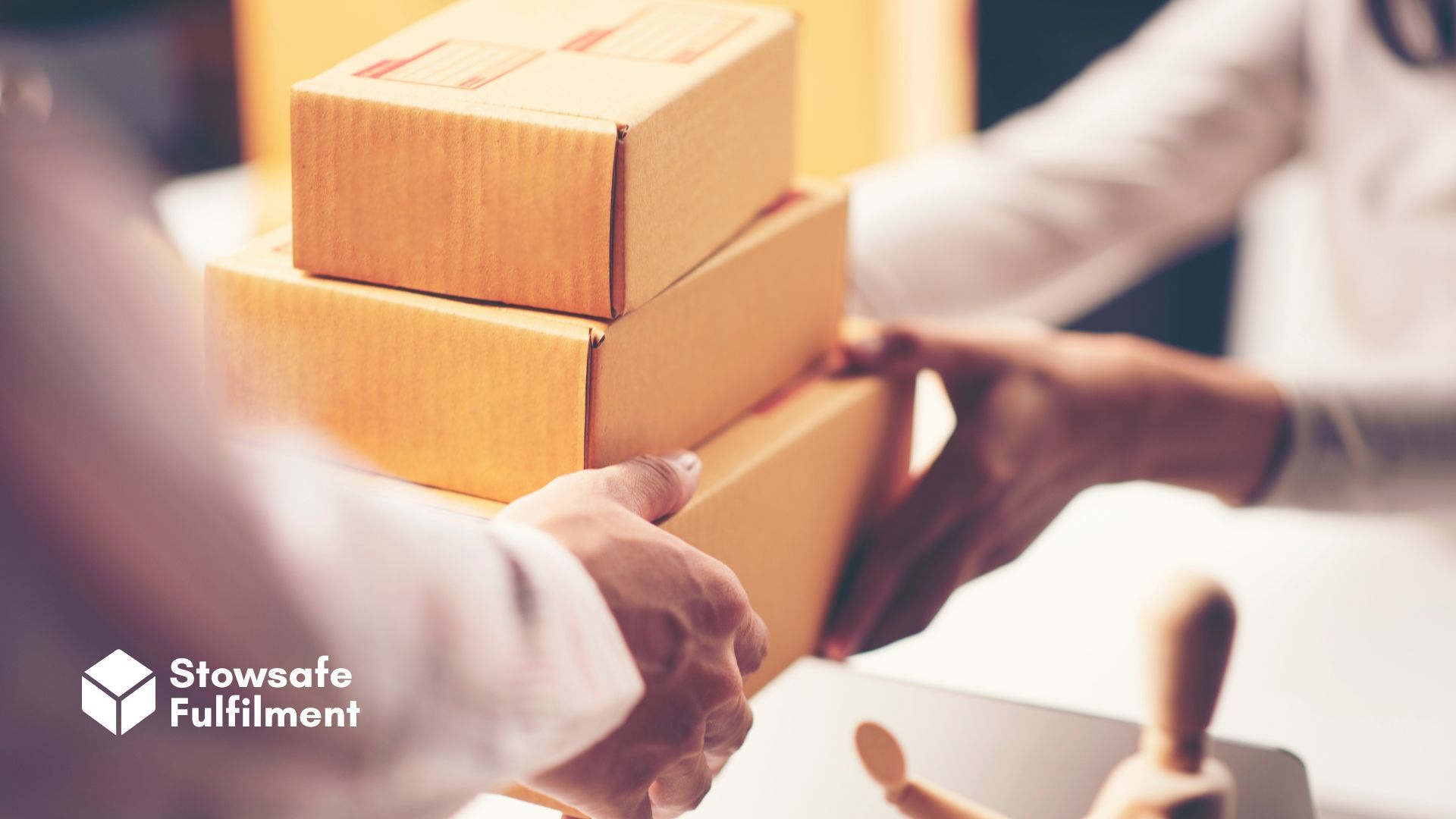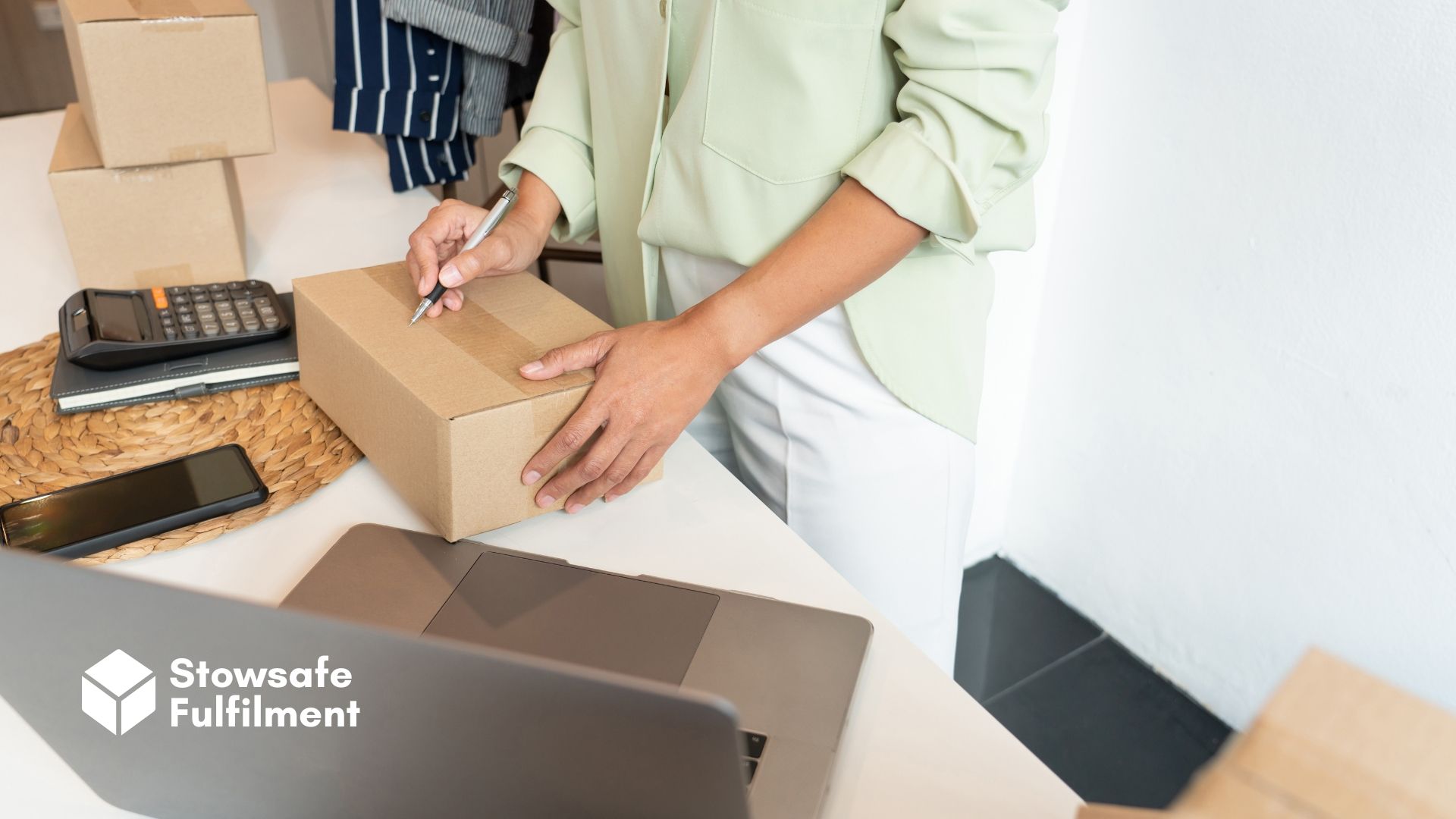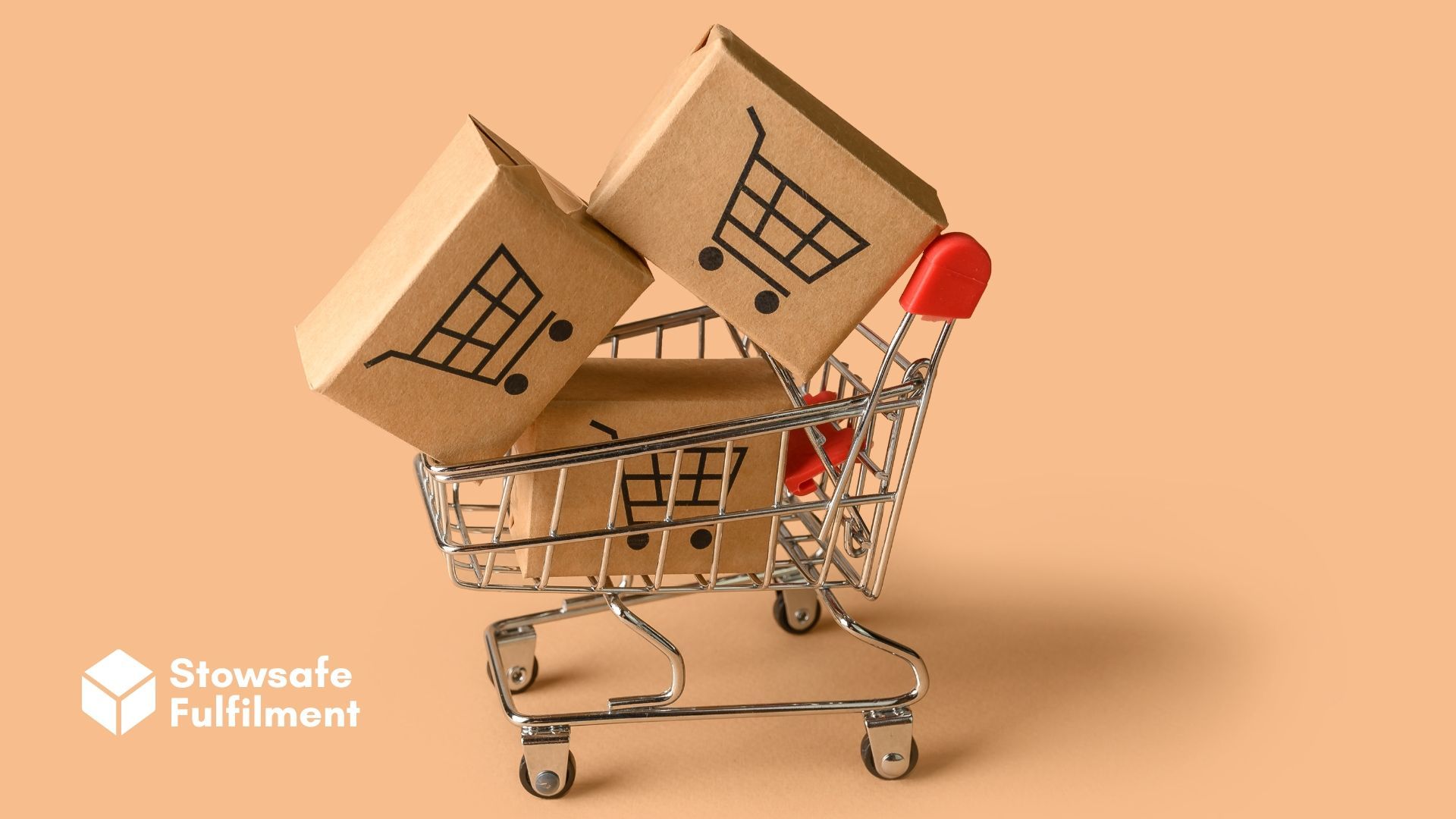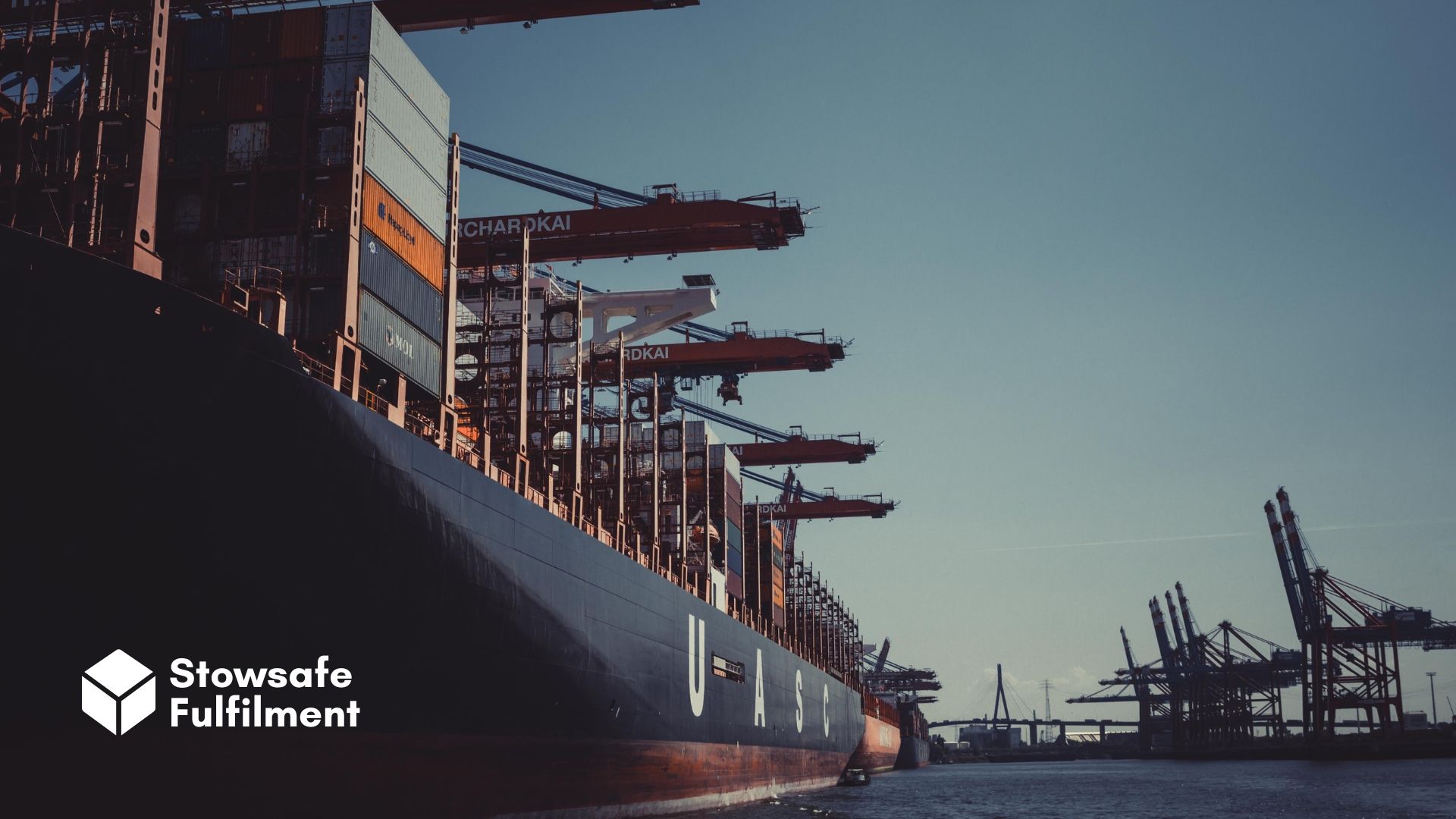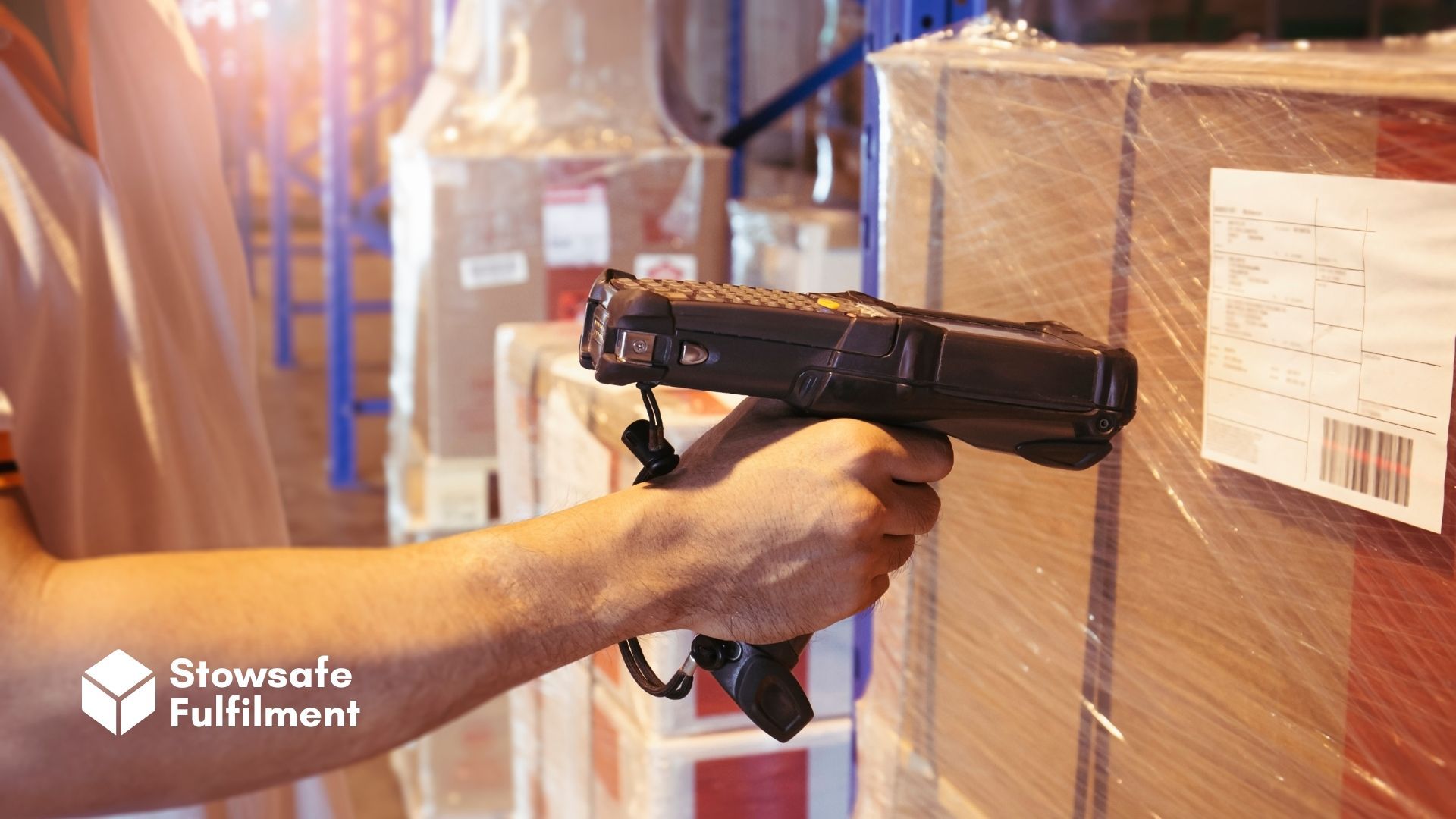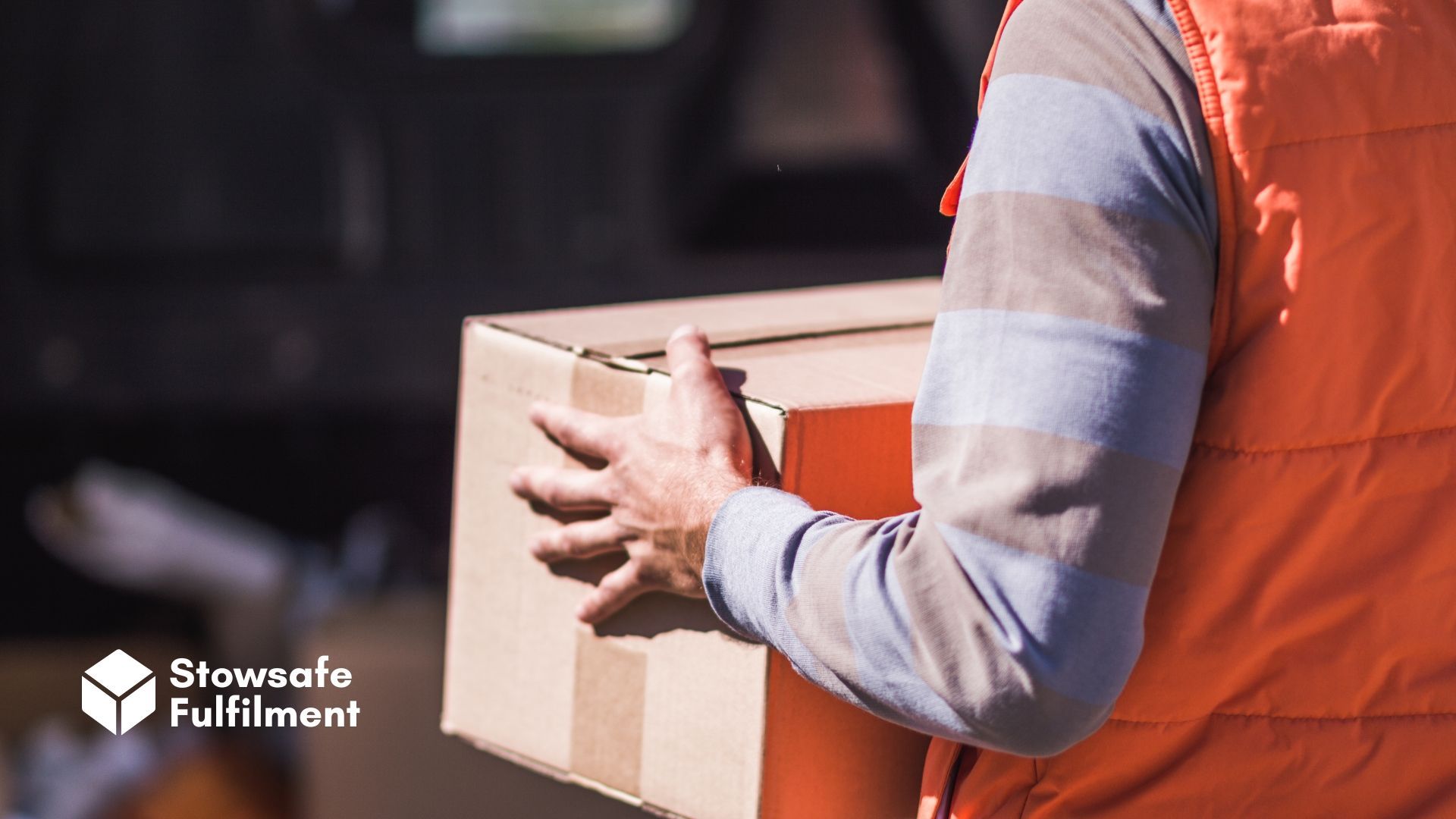International shipping is complex and there are different ways of doing it. Learn the difference between two common methods: DDP and DAP.
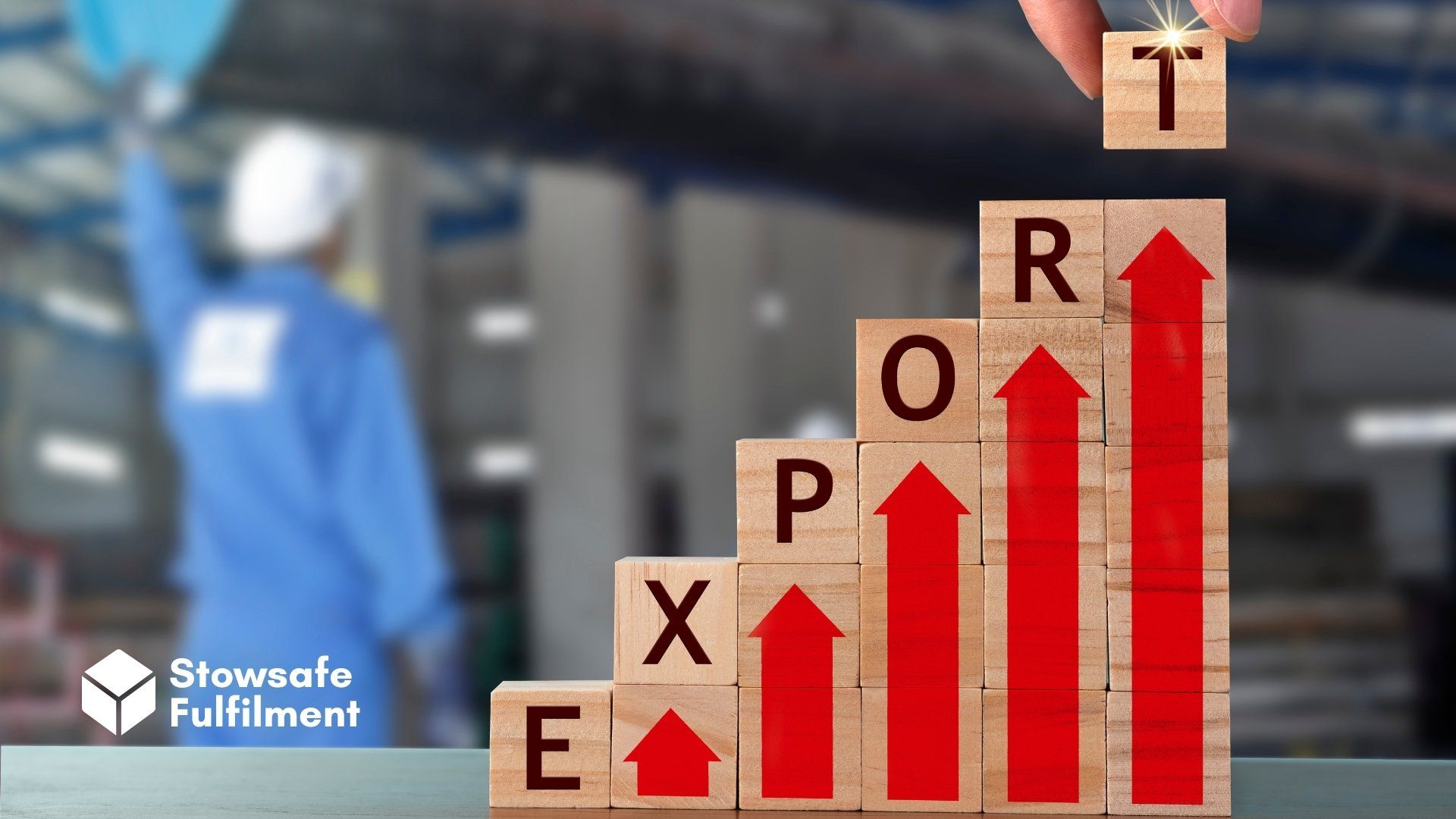
If you run a business and are looking to export goods to the UK, you're probably aware to some extent of Incoterms. A portmanteau of "in(ternational) co(mmercial) terms", these are a set of 11 rules for trade set out by the International Chamber of Commerce (ICC).
Incoterms are like the Ten Commandments of international trade. As an importer or exporter, you need to know them like the back of your hand. Your first port of call (excuse the pun) is the 2020 version available on the ICC website.
In this article, we're going to talk you through two of the most commonly used methods for transporting goods internationally: DDP and DAP.
But first, why do Incoterms exist and what are they for?
A (very) brief history of Incoterms
Incoterms were introduced in 1923 in the aftermath of the First World War. They're kind of like a League of Nations for international shipping – where the League of Nations sought to maintain world peace, Incoterms were brought in to ensure harmonious international trade.
This harmony is achieved – at least in principle – by standardising shipping methods. In particular, Incoterms standardise the obligations that buyers and sellers have in different arrangements. Each method has an internationally recognised three-letter code. It's not a million miles away from the NATO phonetic alphabet – a mini-language that's recognised worldwide to make sure everyone is on the same page.
A key reason why this is necessary is the complexity of international shipping. A typical journey looks like this:
- Goods are picked up from the supplier's location and taken by haulage truck to a seaport, airport or rail terminal.
- The goods go through customs.
- They travel by air, sea or land to their destination country.
- They're unloaded and go through customs.
- They're trucked to the final destination.
Money is riding on each stage of this journey. If, for instance, there's a problem at customs, who should bear the cost? Incoterms set out obligations for both buyer and seller for each leg of the journey in order to reduce conflict in the event of loss or damage.
A brief note on terminology
As you research Incoterms, and especially DAP or DDP, you may find a third term cropping up – DDU. This is an old term for DAP that was replaced in the 2010 guidelines. Some traders still use this older term, marking it "as per Incoterms 2000" in documents.
In this article, we'll only be using the newer term DAP.
DDP or DAP: what's the difference?
DDP stands for "delivery duty paid". This means the seller is responsible for all the risks and costs from door to door. If cargo is lost or damaged or there's an issue at customs, the buck stops with the seller. All the buyer pays for is unloading costs at the final destination.
DAP is the same until the goods reach customs. At this point, the buyer takes on responsibility for customs clearance, duties and taxes.
You can see the difference clearly in this table (adapted from Wikipedia):
| DDP | DAP | |
|---|---|---|
| Loading at origin | Seller's responsibility | Seller's responsibility |
| Export customs declaration | Seller's responsibility | Seller's responsibility |
| Carriage to port of export | Seller's responsibility | Seller's responsibility |
| Unloading of truck in port of export | Seller's responsibility | Seller's responsibility |
| Loading on vessel/aeroplane in port of export | Seller's responsibility | Seller's responsibility |
| Carriage (sea/air) to port of import | Seller's responsibility | Seller's responsibility |
| Insurance | Seller's responsibility | Seller's responsibility |
| Unloading in port of import | Seller's responsibility | Seller's responsibility |
| Loading on truck in port of import | Seller's responsibility | Seller's responsibility |
| Carriage to place of destination | Seller's responsibility | Seller's responsibility |
| Import customs clearance | Seller's responsibility | Buyer's responsibility |
| Import duties and taxes | Seller's responsibility | Buyer's responsibility |
| Unloading at destination | Buyer's responsibility | Buyer's responsibility |
Which one should I go for?
Those three-letter Incoterms can have a big impact on both product costs and shipping costs. So, it's important to make an informed decision when you're negotiating with customers.
If you ship DDP, you're shouldering more responsibility – essentially all the fees and risks until your goods arrive at the buyer's door. If there's a problem at customs, you're footing the bill.
By contrast, DAP offers many of the same benefits but with fewer risks. The buyer is now responsible for customs clearance and import duties. This benefits the seller as it's usually at customs where things get dicey – on top of which, the buyer is more likely to know the ins and outs of their country's import procedures.
While shipping DAP tends to benefit the seller more than DDP, there's one variable that makes generalisations difficult – shipping rates.
The shipping forecast
Shipping prices change all the time – we've seen this in the last two years. In 2020 and 2021 freight rates went through the roof. Two big reasons for this were the pandemic and the Suez Canal blockage. The pandemic created worldwide supply chain disruptions, while the canal blockage created widespread congestion and a huge backlog of shipments.
Freight rates have dropped in 2022 as international trade has picked up again. But the point remains that there are many variables that can change the price of shipping. This is something you should be conscious of as you pick a shipping method.
Do you export to the UK – or are you looking to start?
If you're shipping in bulk to the UK, you'll need somewhere safe and warm for your goods to sit before last-mile delivery.
Here at Stowsafe Fulfilment, we have a 24,500-square-foot warehouse in the southwest of England. We pride ourselves on our flexibility and are equipped to store a wide range of products from all manner of sectors. We're also scalable, meaning that as your orders grow, so too can your space in the warehouse – or if you need to scale back, that's fine too.
We provide fulfilment services, taking care of picking, packing and dispatching so that you can focus on building your brand.
Interested in starting a lasting partnership? Please don't hesitate to get in touch.
All Rights Reserved | Stowsafe Fulfilment


